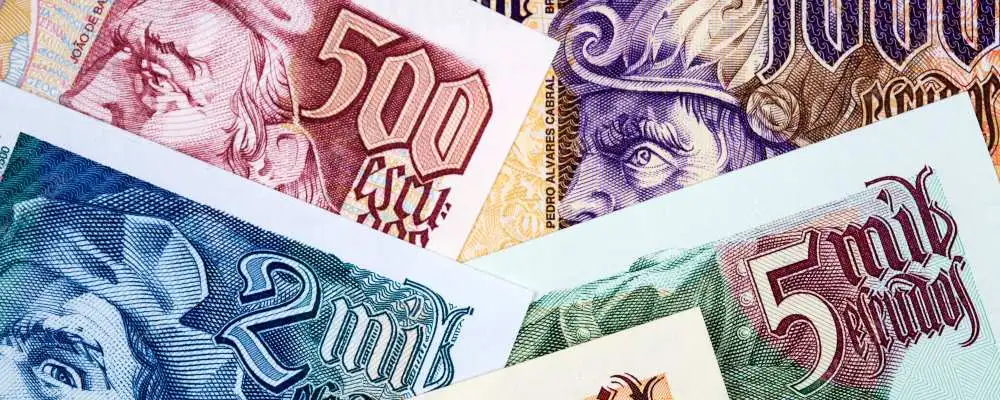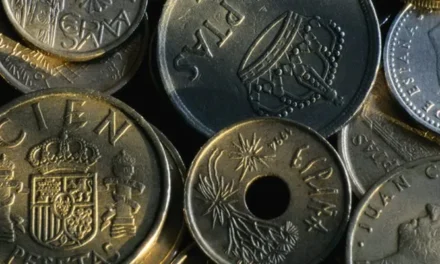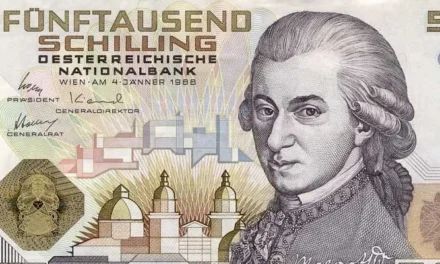If you’ve ever wondered about the captivating story behind Portuguese currency before the Euro, you’re in for a treat.
Join us as we embark on a historical exploration of how Portuguese money evolved, from the days of the Portuguese monarchy to the transformative introduction of the Euro in 2002.
The Portuguese Escudo (1910-2002)
Before we delve into the fascinating details, let’s start with the essentials. The Portuguese currency of yesteryear was known as the Escudo, in use from 1911 until the dawn of the Euro era. The Escudo made way for the Euro as part of a grand initiative by the European Union to standardize currency across the continent.
Portuguese Banknotes before Euro
The Bank of Portugal issued several banknotes during the lifetime of the escudo, with the following denominations:
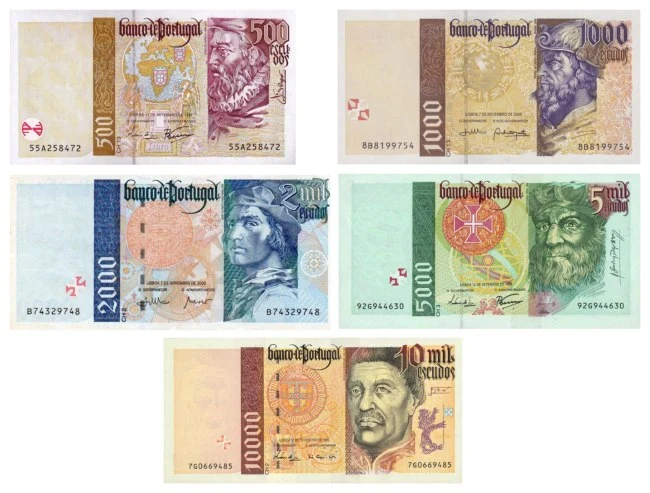
Portuguese Escudo Coins
The Portuguese escudo was divided into 100 centavos, and the most commonly used coins were:


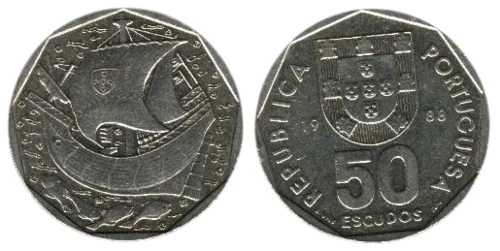
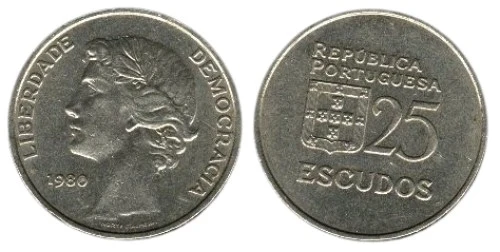
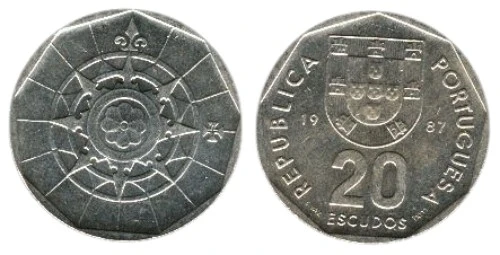
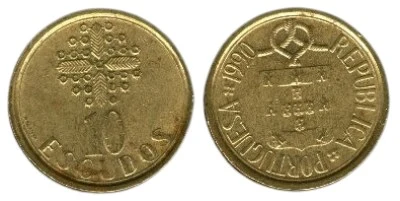
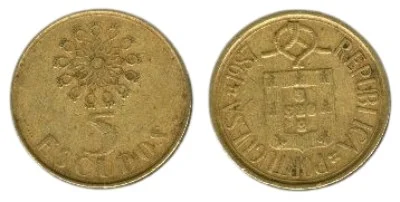
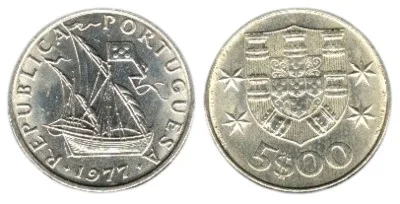
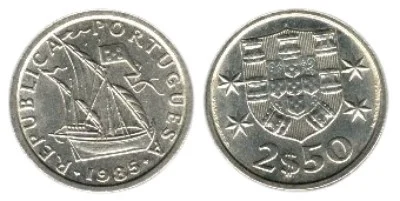



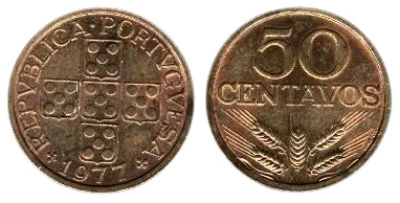
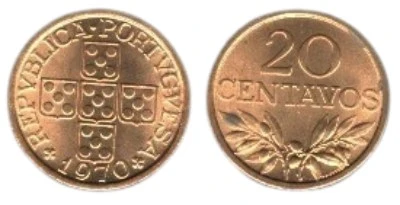
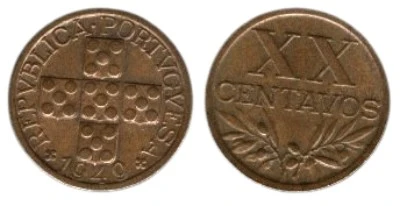
Portuguese Currency History
Step into the captivating world of Portuguese currency as we unveil its defining moments throughout history. Join us on a journey through time, where significant dates mark the evolution of monetary systems in Portugal.
- 1910: Farewell to the Real, Welcome the Escudo A new era dawns as the Portuguese escudo takes center stage, bidding farewell to its predecessor, the real. This pivotal year witnesses the birth of a currency that would shape Portugal’s economic landscape for decades to come.
- 1960: Embracing Global Trade Portugal’s strategic move to become a founding member of the European Free Trade Association propels its economy forward. In an effort to stabilize the escudo, it is pegged to the mighty US dollar, opening doors to enhanced international trade opportunities.
- 1974: Winds of Change The winds of revolution sweep across Portugal, igniting the Carnation Revolution. As the nation undergoes a transformative period, the peg to the US dollar is abandoned, and the escudo experiences a turbulent ride, with significant inflation testing the resilience of its economy.
- 1986: Portugal Joins the European Union A monumental year for Portugal unfolds as the nation joins the European Union, embarking on a new chapter of economic integration. This pivotal step ushers in a fresh set of economic policies and currency requirements, aligning Portugal with its European counterparts.
- 1992: The Maastricht Treaty Paves the Way A historic milestone is reached with the signing of the Maastricht Treaty, setting the stage for a radical transformation in European currency. The seeds of a unified monetary system, the euro, are sown, as nations prepare to embark on a path toward a shared financial future.
- 2002: A New Era Begins Portugal bids a fond farewell to the escudo as it embraces the euro as its official currency. This landmark year witnesses the culmination of efforts to harmonize European economies, creating a seamless financial landscape where the euro reigns supreme.
These key dates in Portuguese currency history showcase the nation’s resilience, adaptability, and pursuit of economic prosperity. From the birth of the escudo to the adoption of the euro, Portugal’s monetary journey reflects its commitment to forging a path of stability and unity in an ever-changing global landscape.
Now, by adopting the Euro, Portugal has joined a larger community of nations that share a common currency, marking a new chapter in its history.

